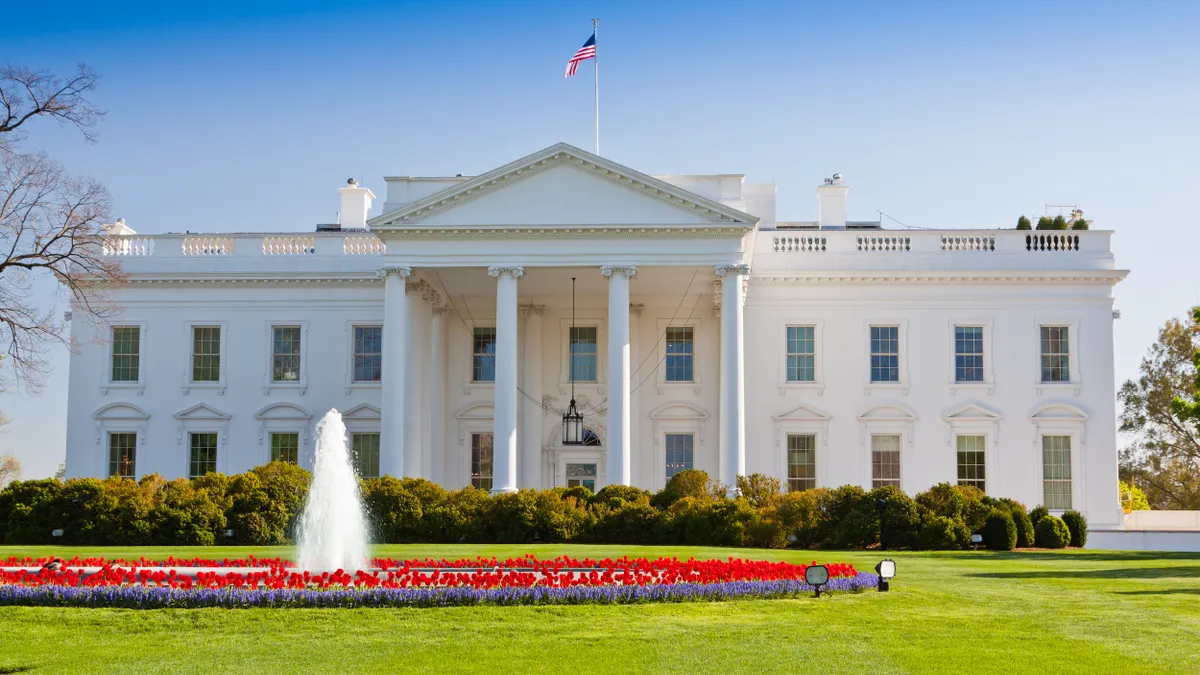Tariffs Impact Social Media Ad Costs: Potential Price Drops for Marketers
Recent social media earnings reports reveal a key trend: the impact of new tariffs. These tariffs, imposed by the Trump administration, are affecting the bottom line of major platforms like Meta and Snap.
Chinese Advertisers Reduce Spending
Major Chinese e-commerce players like Temu and Shein, previously significant advertisers on platforms like Meta, have reduced their ad spend in response to the tariffs. This decrease in demand is impacting revenue for social media companies.
Meta CFO Susan Li acknowledged the impact of reduced spending from Asia-based e-commerce advertisers. While acknowledging downward pressure on ad prices, Li expressed confidence in Meta's diverse advertiser base and the potential for other advertisers to fill the gap.
“We have reflected the change in spend from those Asia-based e-commerce advertisers already into the revenue guidance…If some advertisers reduce their spend and prices fall, it creates an opportunity for other advertisers to step in.”
This shift could translate to lower Meta ad prices for US marketers, a welcome change given recent price increases.
Snapchat Takes a Cautious Stance
Snapchat has adopted a more cautious outlook, citing reduced ad spend across various advertisers due to the end of the "de minimis" exemption. This exemption previously allowed imported goods under $800 to avoid certain taxes, benefiting Chinese importers. Its removal further contributes to decreased ad spending on social platforms.
As reported by The Wall Street Journal, Snap shares fell 20% after-hours following this announcement. The company declined to provide formal guidance for the second quarter, citing headwinds related to the tariff changes.
“Revenue at Snap, Meta Platforms and other tech giants surged by billions in recent years, in part from China-based digital advertising…The company declined to share formal guidance for the second quarter, and executives said the Snapchat-operator had experienced headwinds in the current quarter.”
Potential Benefits and Risks for Marketers
The reduced competition for ad slots due to lower Chinese ad spend may lead to lower ad prices for US marketers. However, the long-term effects remain uncertain.
Social media platforms may attempt to compensate for lost revenue by increasing ad volume. This could lead to ad overload, potentially turning users off and impacting ad engagement.
Another risk is a decline in ad quality. With less competition, platforms might lower their ad standards, leading to an influx of low-quality or even scam advertisements, similar to what has been observed on X (formerly Twitter).
Looking Ahead
While the immediate impact of these tariffs may be lower ad prices for US marketers, the long-term consequences warrant careful observation. The evolving dynamics of social media advertising will require marketers to adapt their strategies accordingly.







